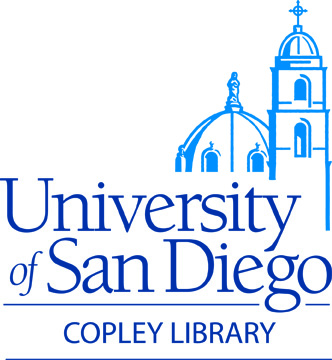Restricted Access to Digitized Archival Collections: Copyright, Privacy and Donor Restrictions in 20th Century Archival Collections
Location
KIPJ Theatre
Session Type
Event
Start Date
29-4-2015 3:25 PM
End Date
29-4-2015 4:10 PM
Abstract
Much of the literature about the digitization of library materials advises only digitizing those collections that are in the public domain, or for which the institution owns the copyright, and have no donor restrictions or privacy issues. As a result, most of the archival collections that have been digitized in their entirety are 19th century collections. However, as the world becomes increasingly digital, both donors and users have come to expect (or at least hope for) the digitization of 20th century archival collections. Indeed, the digitization of these collections is essential to enabling the growing field of digital humanities to do its work. How does an institution balance the legal restrictions of copyright law with a donor’s desire to see his papers online and accessible from anywhere in the world? How does an institution honor their obligation to a collection’s donor to provide three different levels of access (open, open with permission, and restricted) to a digitized collection? What are the differences in an institution’s responsibility to protect third-party privacy in a collection that can only be accessed in the analog in a reading room and a collection that is discoverable and accessible online? How do all these various types of restrictions affect the work that digital humanists can do? How do they affect institutional open access policies?
Restricted Access to Digitized Archival Collections: Copyright, Privacy and Donor Restrictions in 20th Century Archival Collections
KIPJ Theatre
Much of the literature about the digitization of library materials advises only digitizing those collections that are in the public domain, or for which the institution owns the copyright, and have no donor restrictions or privacy issues. As a result, most of the archival collections that have been digitized in their entirety are 19th century collections. However, as the world becomes increasingly digital, both donors and users have come to expect (or at least hope for) the digitization of 20th century archival collections. Indeed, the digitization of these collections is essential to enabling the growing field of digital humanities to do its work. How does an institution balance the legal restrictions of copyright law with a donor’s desire to see his papers online and accessible from anywhere in the world? How does an institution honor their obligation to a collection’s donor to provide three different levels of access (open, open with permission, and restricted) to a digitized collection? What are the differences in an institution’s responsibility to protect third-party privacy in a collection that can only be accessed in the analog in a reading room and a collection that is discoverable and accessible online? How do all these various types of restrictions affect the work that digital humanists can do? How do they affect institutional open access policies?



